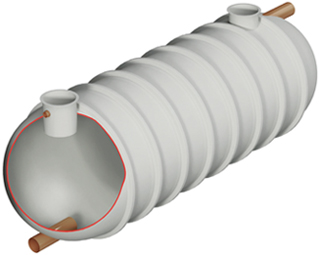When your bathroom drains are blocked you can usually tell from the obvious signs; nasty smells, gurgling sounds from the plug-hole, water draining away extremely slowly. But rather than ignoring these signs, you should take action straight away. There are many simple, easy steps to unclogging your drains and Wildon UK are here to talk you through the process.
Locate the problem
Try and pin point which drain is clogged. Blockages usually occur due to an obstruction in the pipe and in a bathroom the common cause for your shower or bath to become clogged up is usually a build-up of hair, scum, soap etc.
Remove the drain cover and use a bent wire hanger as a hook
Remove the drain cover and give it a good clean. You will find that a lot of hair collects beneath the drain so remove any of this straight away.
Next, straighten the coat hanger out and curl the end round to make a hook. Use this as an instrument to delve into your drains and pull out any hair or other obstructions that are in the way.
Hot water
Fill your kettle and boil it. Once it has boiled let it stand for a few minutes to cool down slightly. Pour the hot, but not boiling, water directly down the drain (boiling water could possibly melt sealants or rubber gaskets). Leave it for roughly 10 minutes.
Baking soda and vinegar
Combine 1/3 cup of baking soda with 1/3 cup of vinegar all into a large bowl or measuring cup. Pour the entire contents of the bowl down the drain. Try and do this as quickly as possible to achieve the best results, as the fizzing action will gradually die down the longer it is left standing.
Use a plunger
Turn on the hot water and let it fill your tub or shower with enough water to cover the clog. Pull with the plunger about 10 times and this will guarantee you fully eliminate the clog. The water beneath the drain will help clear it quicker but make sure you cover up any holes, such as those that drain overflowing water, to make a vacuum that ensures the plunger works to the best of its ability.
There are other alternatives to the traditional plunger method:
The drain snake
Used by most plumbers and available from any hardware store this spring steel cable has a spring on one end and a crank on the end the user holds. It reaches up to 13-25 feet down all pipes and collects and blockages and debris.
Vacuum
After removing the inside bag and filters, place the setting to vacuuming liquids and cover any vents to avoid the liquid and debris escaping. Once it is fixed tight, have someone else turn on the vacuum and allow it to draw up as much of the contents from your drain as possible.
There are various chemical based products available on the market that promise to clear away any blockages in drains. These may well be effective but over time they will begin to corrode your metal pipes. If you do decide to use them then make sure you follow the instructions carefully, or alternatively it might be worth considering calling in a professional drainage contractors like Wildon UK who will be experienced and know the best and safest way to return your drains back to their normal functioning order.
Go back to








